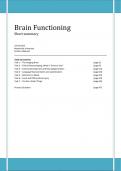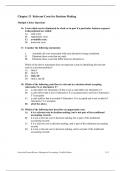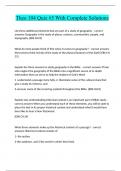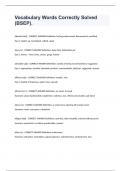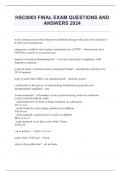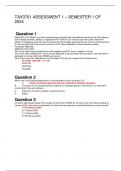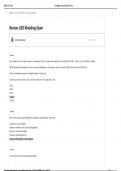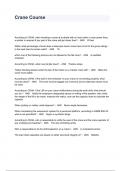Samenvatting
Short Summary - Brain Functioning (PSY6065)
- Instelling
- Maastricht University (UM)
This document contains a short summary of the course Brain Functioning of the master Neuropsychology. It only includes the key points and is everything you need to know for your exam. I passed the exam with an 8 using this! If you prefer a broader summary, I also sell a document of the PBL sessi...
[Meer zien]
